The Pentax-M 85mm f/2 challenges her majesty the Carl Zeiss Sonnar 85mm f/2.8... oh, my!
On an APS-C 24MP sensor, story of a tormented test
On an APS-C 24MP sensor, story of a tormented test
| lens name: | SMC Pentax-M 85mm f/2 | ||
| angle of view (diagonal): | 29° (full frame), 19° (APS-C) | blades: | 6 |
| macro: | NO | min focus: | 85 (magnifies 0.13x)cm |
| elements: | 5 | groups: | 4 |
| filter size: | 49mm | focus: | manual |
Preamble
A few things must be said before indulging into this tasty reading...
- I'm writing in English because I'd like to share my lens tests with a wide audience, forgive me if some phrases in this text are incorrect or sound odd.
- About the camera of choice for, the Fujifilm XT-20, I'm repeating myself here, but it's worth to stress that the sensor is fantastic, and 24 megapixels are probably enough to benchmark most legacy lenses where 16MP may be insufficient. The in-camera JPEG processing of the Fuji is unmatched. Really, compare to any camera of any other brand and you'll see! At least as of 2019. It saves a lot of time with tests, you can't do much better with manual, ad-hoc processing.
- I had a very small amount of spare time, so I tried more than one setup to compare the two lenses, at first relying on sun light and without a tripod. A very bad idea! In the end, I wasted a lot of time that I could have saved doing things properly from the beginning!
- one word about the red tea boxes in the images: the writings are not super-defined, there is some softness in their borders, nevertheless you can easily realize about the quality of the crops
And now, let's go...
To read more about the Pentax-M 85mm f/2, check this page (PentaxForums is definitely the source for Pentax equipment); about the Zeiss you can find plenty of pages on the web; for instance, try this one.
construction
Focus, construction, handling
Mechanically speaking, the two are both excellent products and feel very solid in your hands.
My copy of the Zeiss is simply flawless in this regard, while the barrel of the Pentax shows a negligible wobbling that doesn't prevent precise focusing.
The Pentax-M also suffered from a "bump" that is soon gone with use, now the movement is continuous. Probably it hasn't been used for too long.
Focus control is excellent for the Sonnar, with perfect resistance; the Pentax is a bit softer; I prefer the Zeiss, but it's a matter of taste.
The Sonnar has the longest focus throw, around 270° vs 250° of the Pentax, where the minimal focus distance of the Pentax is .85m vs 1m of the Sonnar (it is what I read on the barrel). So, with the Sonnar you turn the ring a bit more in spite of a shorter range.
The Zeiss lens actually gives the impression of a more precise focus control but a shorter throw may come handy at times, especially for street photography.
The shorter minimal distance is an advantage for the Pentax, especially considering that 85cm is already a bit much.
The Pentax, in spite of its f/2 feature, is very small and slim, you'd certainly mistake it for a 50mm; this is an advantage; the Zeiss is still small, just a bit longer but definitely heavier. Mounted on the small Fuji, the Pentax is handier, and the presence of the adapter somewhat increases the advantage, the whole is more balanced with the Pentax while the Sonnar may tire the hand sooner.
aperture ring
Aperture, aperture ring
The Pentax-M 85mm sports a min aperture of f/2, there lies the appeal of the lens.
The Zeiss only gives you f/2.8, it is not uncommon for a lens of this length so nothing to tell home about.
Both the lenses have 6 aperture blades.
The aperture ring of the Pentax is "very clicky", precise but definitely harder than the ring of the Zeiss.
Again, it is a matter of taste: I strongly favour the smooth Zeiss here, but some prefer the hard-click feeling to make sure they're not inadvertedly changing the aperture or not properly counting the steps when not looking at the ring.
my gear w/ the Zeiss
A few quirks with the Zeiss
I must point out a couple of things regarding the Sonnar that are probably related to my gear and not to the Sonnar itself: first, I am almost sure that my Contax/Yashica adapter has an imperfection, because to focus at infinity I don't hit the infinity mark on the Sonnar, and the gap is not irrelevant at all. Though this may be useful in some rare situations, in general it can be from time-wasting to annoying.
On the contrary, the Pentax with my PK-FujiX adapter focuses at infinity exactly at the end of the run, that means you can just go there and shoot when you're taking a landscape picture.
Secondly, closing the aperture with the Sonnar, my EVF often gets rather dark in spite of the setting to adjust dymically, at times. This can definitely be very annoying and it doesn't usually happen with other lenses. A puzzling behaviour, indeed!
What follows, instead, seems to depend on the lens only: I often have the impression that this lens (the Sonnar) is a little darker than others: with other lenses at the same aperture, the Fuji indicates shorter times under the same conditions. This time I also took a look at the DCIM data and it confirmed my impression. For instance, at f/4, the Pentax required 1/1100 and the Zeiss 1/950. Not irrelevant, since it means that the Pentax is not just providing a larger max aperture, but it is also brighter in general.
If I have to guess, I'd say that the legendary Zeiss T* coating may be responsible for this, but would you give it away for some more brightness? Well... I wouldn't!
colours, bokeh
Contrast, colours, saturation
Both lenses show a good contrast and colours. I can't see much of a difference here.
Indeed, the Zeiss and Pentax brands are well-known in this respect, and the two live up the expectations here.
Bokeh
The first shots I took didn't say much about the bokeh, but now I'm here to amend (someone may have read a first version of this page, where this topic was not covered).
I'll not delve here into the explanation of what bokeh (quality of the out-of-focus areas) is, let's just say that there are some who value this parameter over any other characteristic in a lens. Evaluation is subjective, but in general what you want are creamy background and foreground areas, without harsh lines or nervous strikes.
There are some "odd" types of bokes, such as the "swirly" bokeh, that you may like or not, anyway these two lenses do not display any special behaviour.
Let's go, then!...
I took some shots but one can tell the whole story, it portraits daisies in a green field; here things get definitely interesting! The Pentax-M behaves perceivably better than the Zeiss, at all of the wide apertures (up to f/4).
bokeh @ f/2
At f/2 the Pentax runs solo, and you can see both the high quality of the blur and, in the focus plane,
some strong blue haze (definitely the worst issue of this lens). Just for the bokeh, this is a very
satisfatory outcome: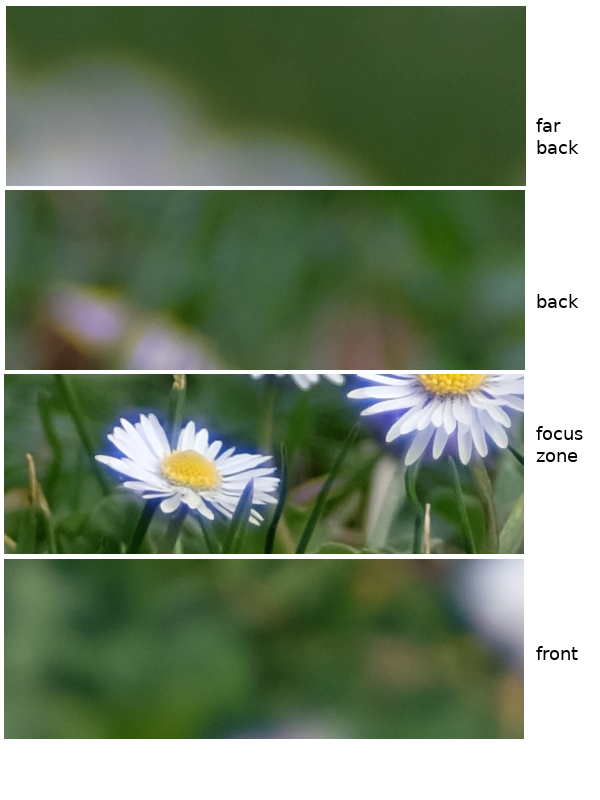
bokeh of the Pentax-M 85mm f/2, at f/2
The relative softness and the excellent bokeh make this item a very desireable portrait lens, indeed!
bokeh @ f/2.8
Moving on f/2.8, the Zeiss comes into play but the Pentax-M is better, according to me. The first image is
from the Pentax, then comes the Zeiss: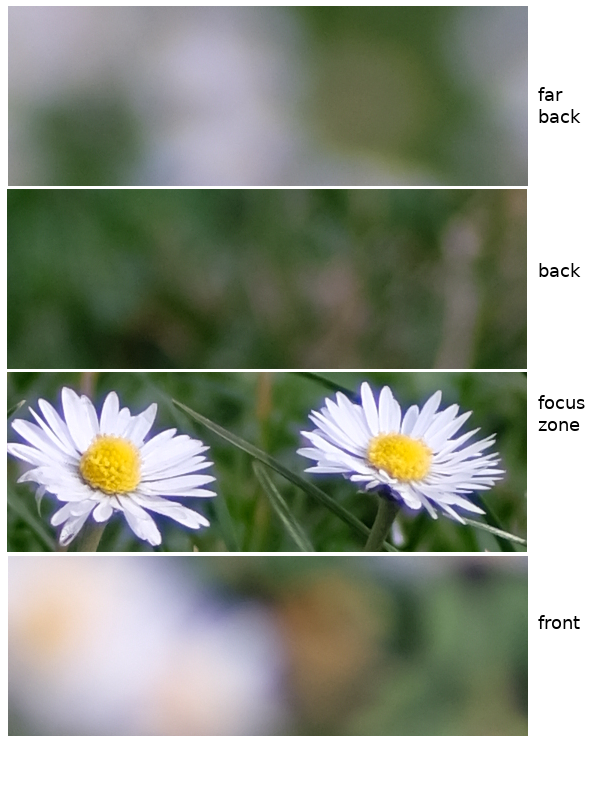
bokeh of the Pentax-M 85mm f/2, at f/2.8
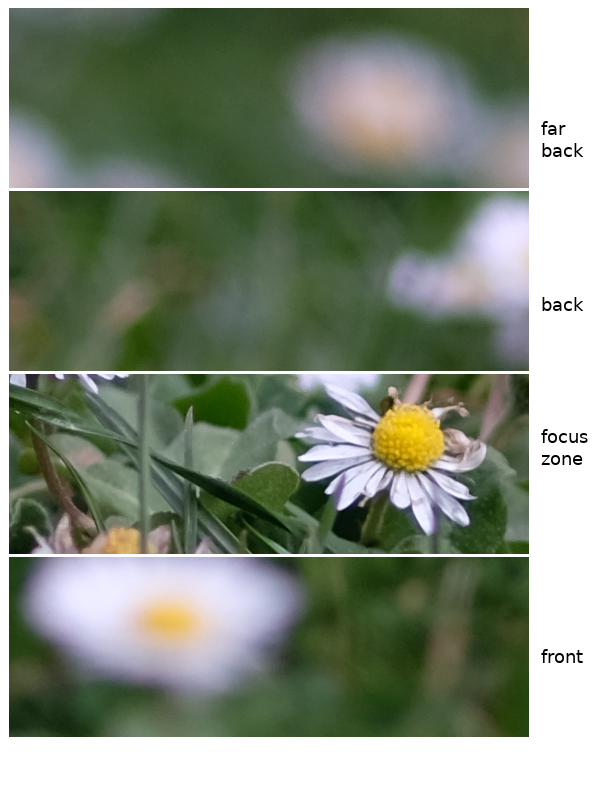
bokeh of the Zeiss Sonnar 85mm f/2.8, at f/2.8
It is hard to tell the whole story from these crops, but the Zeiss shows a bit more of harshness both in the background and in the foreground, but don't think it is bad: it is a fair show, aligned with most other lenses, but the Pentax-M is better, very good (again).
bokeh @ f/4
...and finally, at f/4, here we go again, with the SMC Pentax doing very well, even better than expected,
whereas the Zeiss is just average or unpleasant in some spots (see "back"):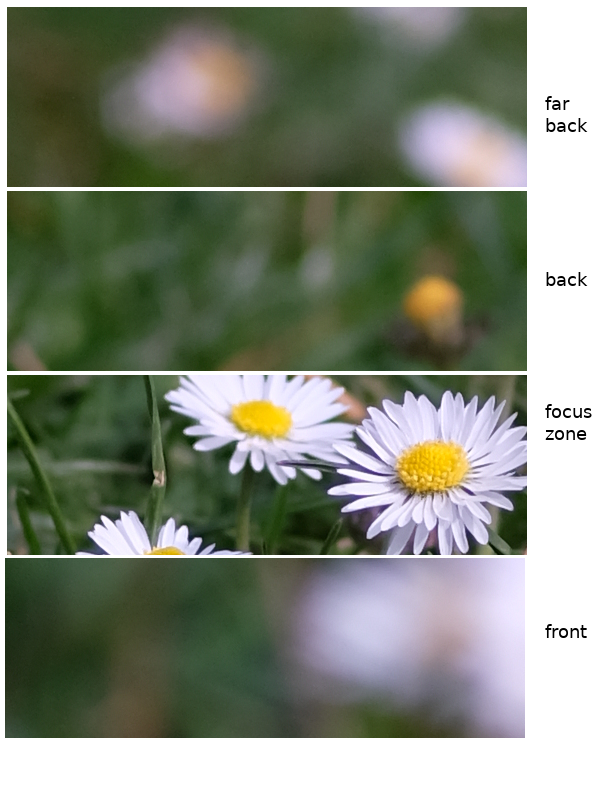
bokeh of the Pentax-M 85mm f/2, at f/4
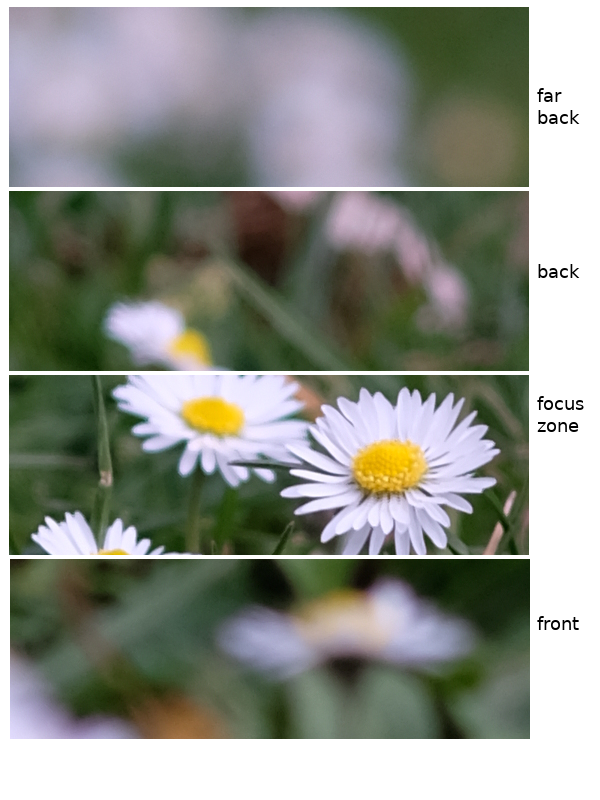
bokeh of the Zeiss Sonnar 85mm f/2.8, at f/2.4
There is no doubt, the Pentax-M 85mm f/2 is a winner here!
Analysis of a studio image (close portrait distance)
studio scene 1
This is the studio image, the shot taken with the Pentax-M at f/2:
The colours are well-balanced, the background is pleasant (but the distance from the subject is not big), the contrst is OK.
The detail that follows is taken at full aperture (f/2), at 100% crop, and you can see by yourself that it is very good indeed!
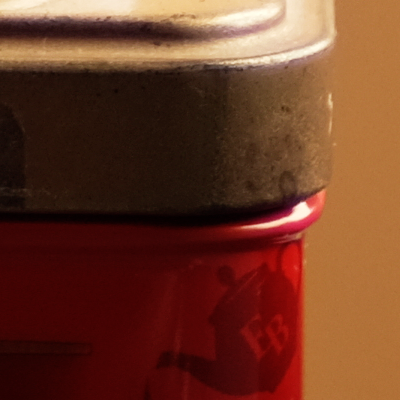
f/2, Pentax
We're going on with the Pentax... what is you see is what came out of the camera.
The following crop, again at 100%, comes with a bit more contrast and some sharpening applied;
given the aperture, again... not bad!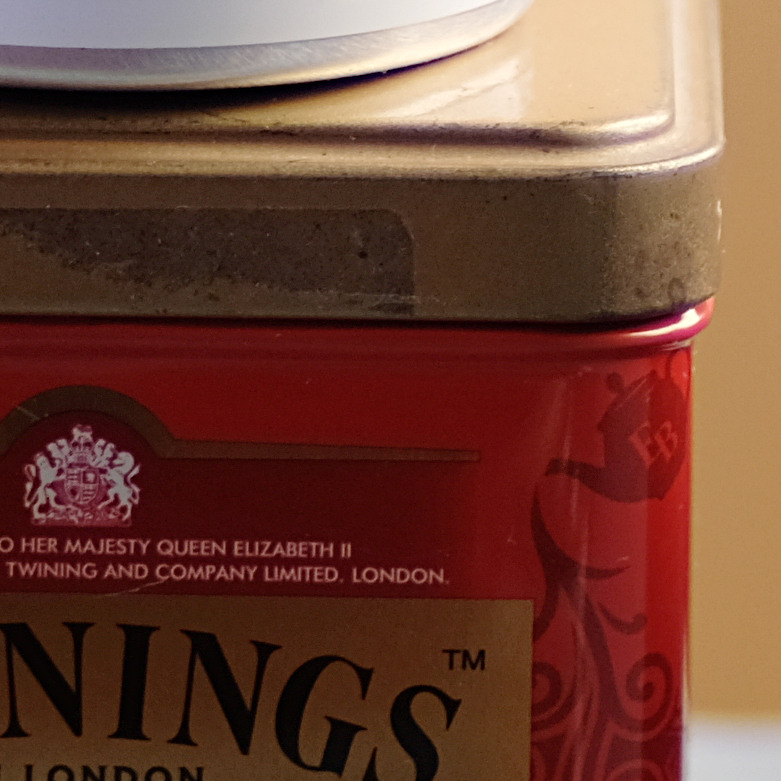
Near the border of the short side of the image, the outcome is surprisingly good, too, just veiled by some minor haze; there is some light fall-off:
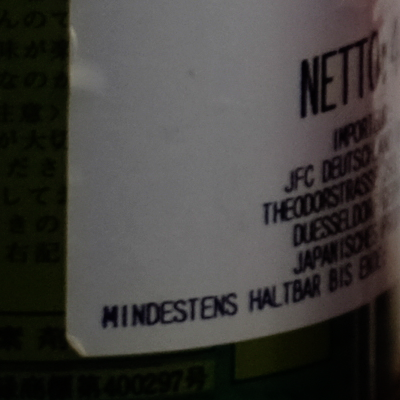
...but there is a dark side, take a look at the ring of the can lid, that is in the foreground:
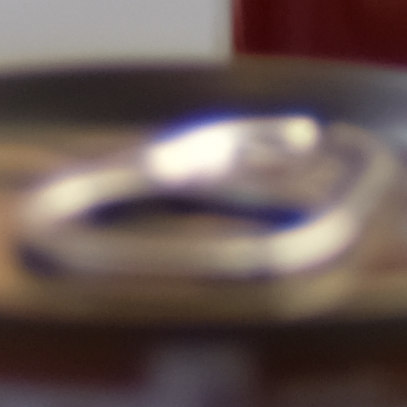
The chromatic aberrations are evident, and yet, in most cases, they won't disturb the general view. It's up to you to decide how relevant this aspect is. Take a look at this other part:

...yes, there is a bit of blue haze also in here, not far from the centre, but really it is "nothing".
Jumping to f/2.8, sharpness improves and aberrations in the centre are gone. The resolution, indeed, is very good:
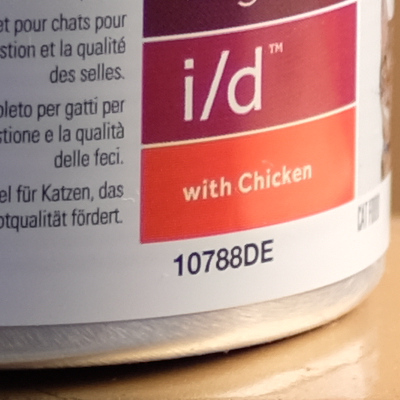
And it's excellent also near the border of the short side of the image, as you can see here (I have applied some extra sharpening):

studio scene 2
Alas, the same pictures I couldn't take with the Zeiss because the light went down abruptly, but a few days later I tried again,
with a slightly different setup... not much different, indeed: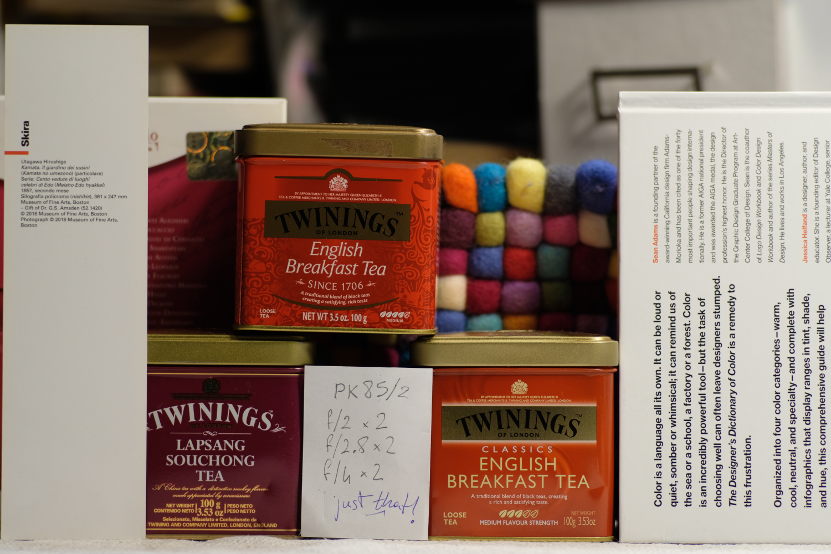
Second studio scene
f/2, Pentax
The Pentax runs alone at f/2, its full aperture:
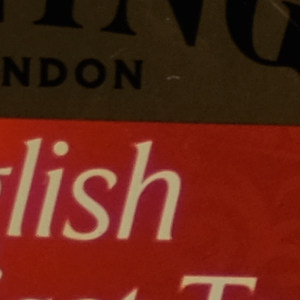 centre crop
centre crop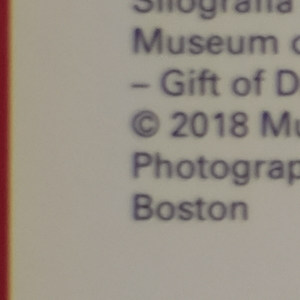 shortside mid-position
shortside mid-position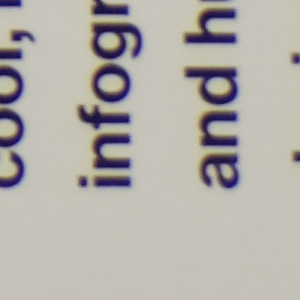 corner
cornerf/2.8, head-to-head
At f/2.8, we can put the competitors one against the other:
| Pentax-M 85/2 at f/2.8 | Zeiss Sonnar 85/2.8 at f/2.8 |
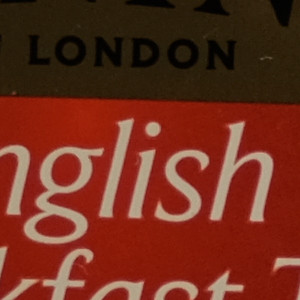 |
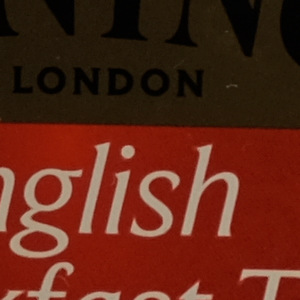 |
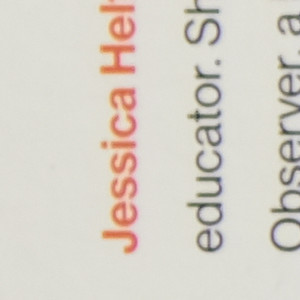 |
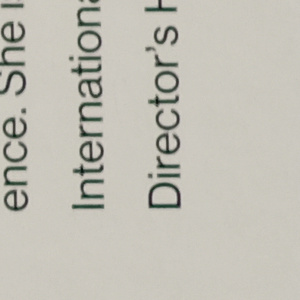 |
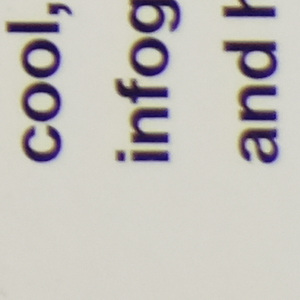 |
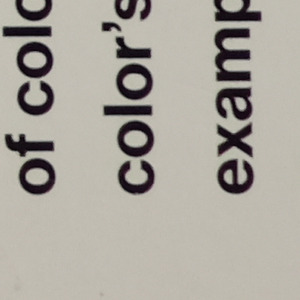 |
Watching the image in general, the Sonnar produces a crisper impression, must be the famous "3D pop up" the Zeiss is famous for! Or it is simply the better sharpness, as the images easily prove to be there.
The Zeiss also is fringe-free, while the chromatic aberrations still affect the Pentax... there is no contest here!
On its side, the Pentax seems to deliver some more contrast, but the effect is compromised by the inferior sharpness.
In brief, the Pentax is still a good lens, and yet it must bow to the king!
f/4, Zeiss
f/4 is an aperture I don't use often with legacy lenses: I frequently need to open the blades some more, even to full aperture,
otherwise, in plain light, I'd go for f/5.6 or f/8 that is where most lenses show their best sharpness.My setup failed again, all images but one (taken with the Zeiss Sonnar) display camera shaking, so I will explore the f/4 case with a third attempt and a tripod, or better light! Let me just show you the crop from the only good image and how the Sonnar is flawless:
| crop (Zeiss Sonnar 85/2.8 at f/4) | comment |
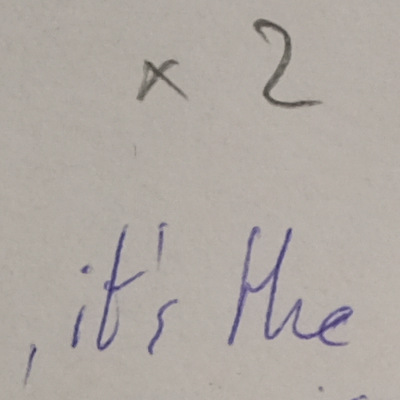 |
not much to say about the center, where the streaks of the pen ink and of the pencil are well evident |
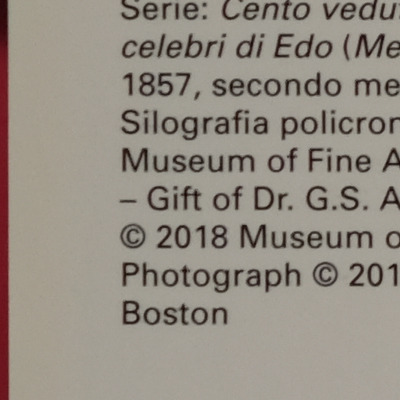 |
the middle of the short side. Here, and also in the corner, there isn't the slightest sign of colour aberrations |
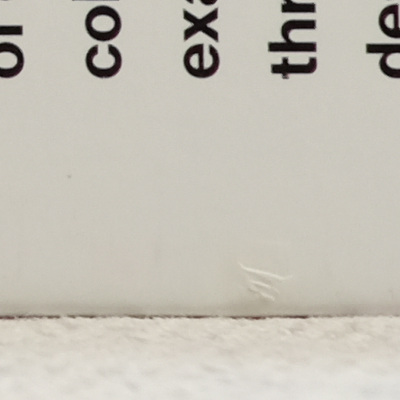 |
corner crop: see what I mean? The lens is probably outclassing the resolving power of the sensor, the details of the separation between the paper of the book and the cloth are impressive. On APS-C, there is no difference between the centre and the corner! |
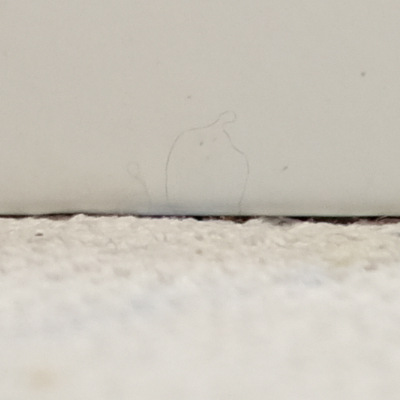 |
to further underline the perfection of the image, take a look at the tiny hair in this crop, that is almost from the corner. In the picture, this grey-on-white thin filament is just one or two pixel wide, and yet you can see it... this what the Zeiss can do! |
at infinity
We also want to take a look at what happens when focusing at infinity. Here the situation is less simple than it seems!
At f/2.8, there is a real head-to-head. Though the Zeiss has the upper hand, again, in terms of aberration control, the Pentax seems a tad better in terms of sharpness and contrast. From the purely optical point of view, I'd still prefer the Zeiss, since I hate to fix aberrations, but at least with my gear I'd rather take the Pentax with me, because it's lighter and because focusing to infinity is immediate (see the Zeiss quirks with my gear).
Is f/2.8 useful with landscapes? Not usually, but you never know, you may want to separate the planes by shrinking the focus range.
One specific case is night landscape. In such case I'd still bet on the Zeiss, because the Pentax aberrations would be unpleasant with light points.
f/2.8, Pentax
| Pentax-M 85/2 at f/2.8 |
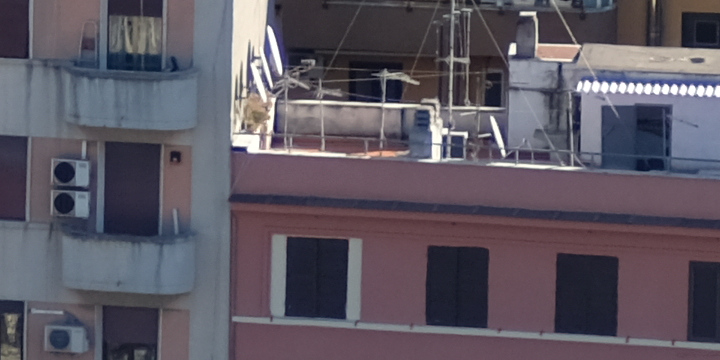
the centre is not stellar but very good indeed amd strong lights don't leak into darker areas. Contrast and colours are OK |
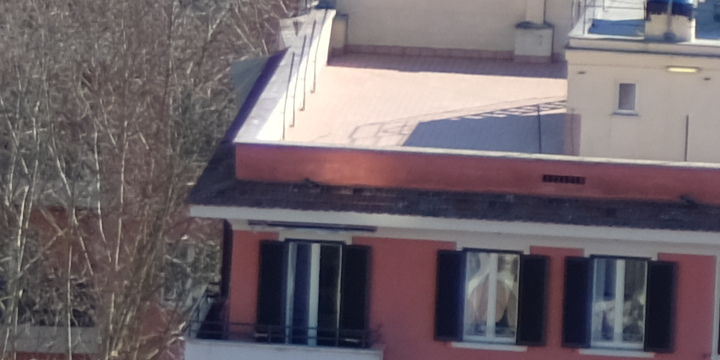
the middle of the short side is very good, too. Look at how the tiles of the red floor are divided by slightly darker, thin lines: the contrast and sharpness that you need are all there |
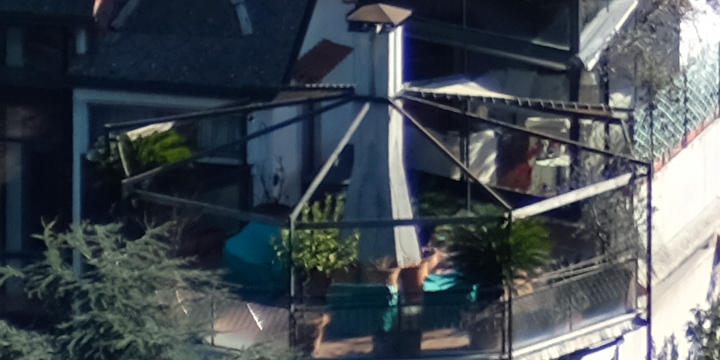
even the corner, though on APS-C, is very convincing. Yes, there is an unpleasant blue haze but post-processing can easily get rid of it, I tried myself with Rawtherapee |
f/2.8, Zeiss Sonnar
| Zeiss Sonnar 85/2.8 at f/2.8 |
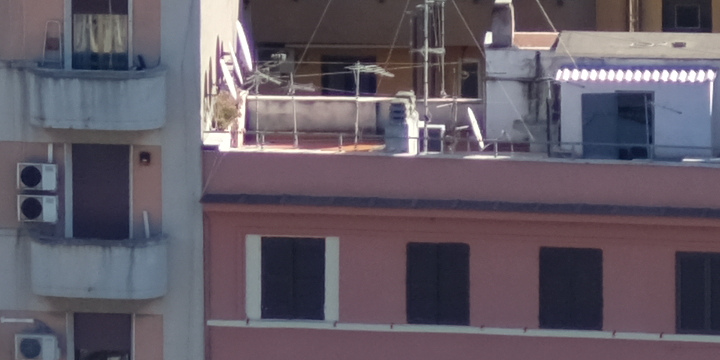
the centre is more or less on par with that of the Pentax, possibly a bit better (look at the triangular antenna that points to the right), but at times it seems the opposite. I really cannot tell |
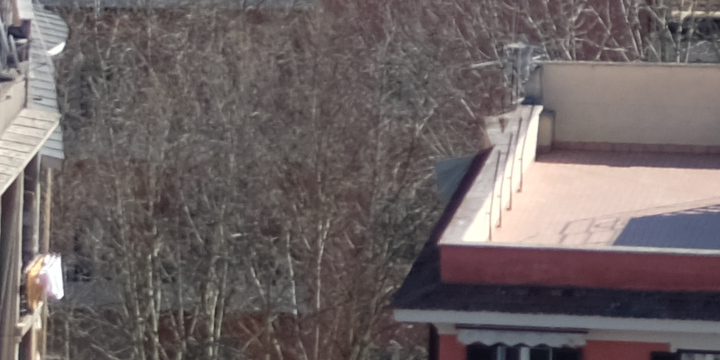
the short side, again, shows more or less the sharpness of the Pentax. You can see the lines that separate the tiles of the red floor: the contrast is excellent. I'd say it's less sharp, but... read about corners |
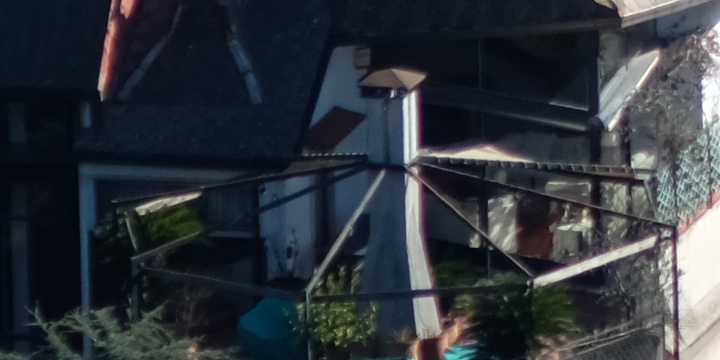
here is the point with this image: I took two samples (I ususally take two, each time refocusing), and where I had the best centre, I couldn't gain the best corner, and viceversa. This is the worst corner of the two, but also is the one with the best centre; it also shows some coloured halos |
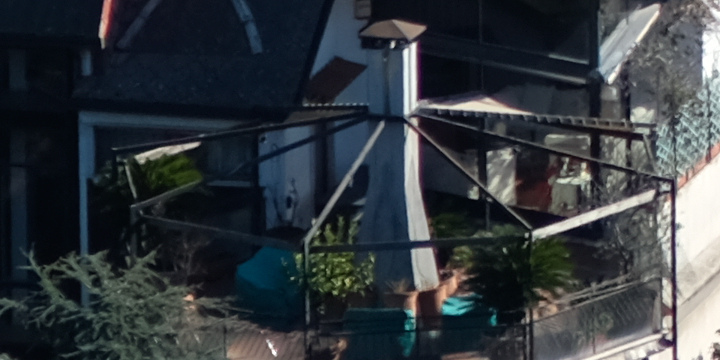
this is the corner from the second image. It is better, impressive I'd say, and yet the centre from this one I have discarded. So, the Sonnar at infinity seems to suffer from a bit of sphericity, just a bit, where the Pentax is more consistent |
Going on, what happens at f/4 is very interesting!
f/4, Pentax
| Pentax-M 85/2 at f/2.8 |
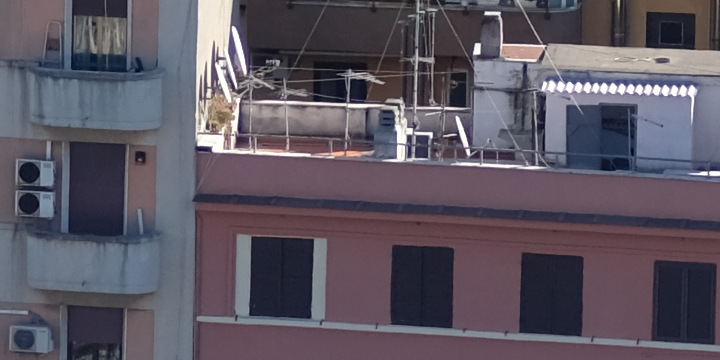
as for sharpness, the centre is excellent, also the contrast reaches ideal values |
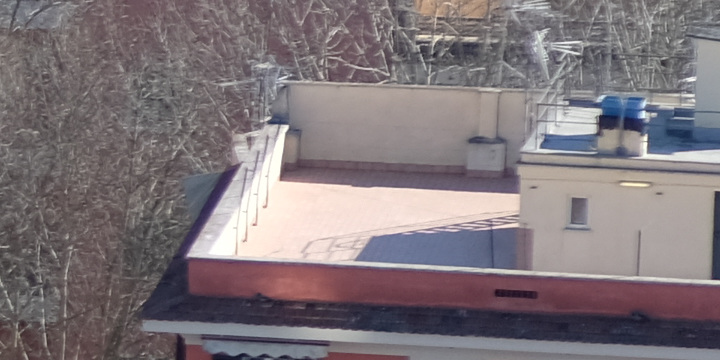
the tiles of the red floor in the middle of the short side are even better separated than at f/2.8 |
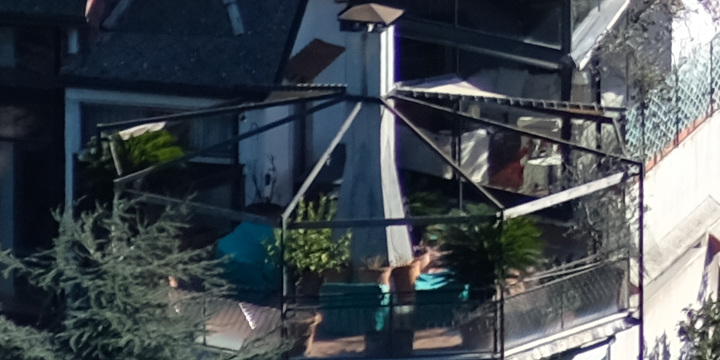
the corner sharpness is impressive, so is the contrast, and also the blue/magenta bleeds are almost gone |
f/4, Zeiss Sonnar
| Zeiss Sonnar 85/2.8 at f/4 |
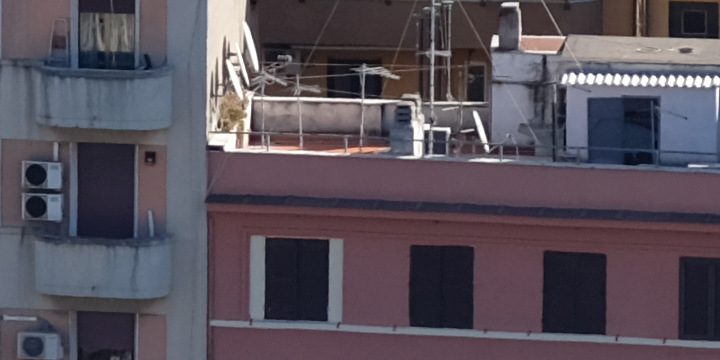
the sharpness displays marginal improvement at f/4 for the Zeiss, I think we're almost outresolving the sensor capacity. And yet, the Pentax has been more convincing here |
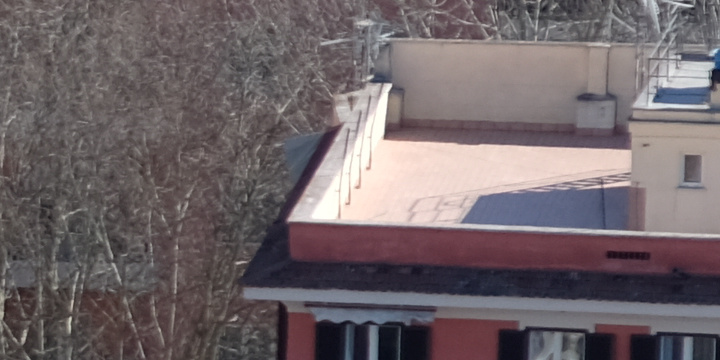
the middle of the short side is again excellent, but I prefer the Pentax, again, by a small margin |
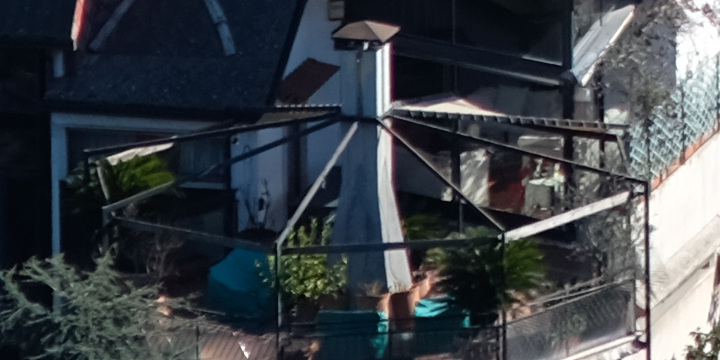
the corner sharpness is impressive. According to where you look, the Pentax or the Sonnar may win, but generally I prefer the Sonnar. Notice that the image is slightly darker, indeed in this case the Fuji-X opted for 1/1100 sec for the Sonnar and 1/950 for the Pentax |
f/5.6, f/8, f/11
Long story short (for the moment I omit the images), at f/5.6 and f/8 the two lenses become boringly almost perfect, only in the corner f/8 is doing better, but it's really by a hair.
It is really hard to say which one I'd pick at these apertures. Not all of the details are rendered the same, though.
Though the red floor of the short side is constantly better for the Pentax (maybe the contrast for the red nuances is better?), the center of the Sonnar is unmathed for a couple of details.
At f/11 both get slightly worse due to diffraction.
Conclusion: her majesty and the fierce knight
Let me remind you that these tests have been performed with an APS-C camera, namely the Fujifilm XT-20 with a 24MP sensor.
For full-frame output, you have to look somewhere else, sorry!
I am not indulging in praises for the Carl Zeiss Sonnar 85mm f/2.8, the purpose is rather to tell about the Pentax contender, but undoubtely the Sonnar has better characteristics from most points of view, from general image quality, especially in terms of [micro-]contrast (for which most Zeiss lenses are universally praised), not to mention control of chromatic aberrations, etc.
It's more a matter of taste, but possibly for the reliable, sturdy mechanics combined with unrivalled smoothness also the construction of the Zeiss is, again, better.
So, would you trash the Pentax-M 85mm f/2? Not at all!
First of all, the Pentax has a sublime (yes, "sublime") bokeh. It may not be on par with some "bokeh monsters" or the expensive modern primes such as the new Zeiss and the Sigma art, but it's really really good in this compartment!
On the contrary, the Zeiss is just average and missing the f/2 aperture, it cannot even compete on the widest aperture, where the out-of-focus impression is at its best.
Secondly, the Zeiss has some issues matching my gear, as explained in the beginning, and it has happened more than once that I missed the proper focus point. I can't blame it for not hitting infinity at the end of the run, because probably it is due to the length of the adapter, nor for the fall of brightness in the viewfinder, but indeed these are issues.
Also, on small cameras the weight of the Zeiss can make a small but perceivable difference.
So, yes, I may take the Pentax with me sometimes.
Moreover, the images tell that you can achieve excellent results with the Pentax product and at times it can do better than the Zeiss: though the result at a short distance crown the Zeiss, at infinity I can't says which one is the winner, and the Pentax reaches a higher level at f/4.
For shots at night, portraits, whenever lights are low or you want the shallowest depth of field, the f/2 aperture comes handy, and the sharpness of the Pentax is not shabby even at full aperture, in the centre at short distance is rather astonishing (for being f/2, I mean).
So, if you need a mid-tele that is good at f/2, this is your lens!
Consider that brighter 85mm lenses, e.g. sporting f/1.8, are very (or terribly) expensive or, in the case of some recent products such as the Samyang, are reportedly good and not expensive but a kind of hit-and-miss, likely due to scarce or null quality control. The same are usually much larger and heavier than the Pentax-M.
Finally, if you own a (Ricoh) Pentax digital reflex camera, you don't need an adapter and you can happily exploit the compactness of this 85mm. I must say it's a pity that no corrensponding Pentax-A lens has been produced, unless you fancy the Pentax-A* 85mm/1.4, that according to reviews plays in another league, costs four times and is not compact.
Anyway, the Pentax brand deserves the highest praise for still keeping the original PK mount!
So... well, in spite of the legendary T* coating of the Zeiss, its larger front lens and a price that, at the time, was far superior, the Pentax defends itself and doesn't take a hard beating.
Probably its major weakness is the pronounced colour aberration that some may not forgive, followed but softness in the corners at short distance shots; there is not much to complain otherwise: it definitely is a worthy lens, a must-keep for me.
| Back to the site index | ||
| Do you love Italy? Check my little site, I hope to find the time to make it grow! | ||
The Sonnar attached to XT-20. Notice how comfortably short the lens is. The Pentax is marginally shorter and definitely lighter!
Adapters are very common and there are many brands producing them, the one here is cheap but fine.